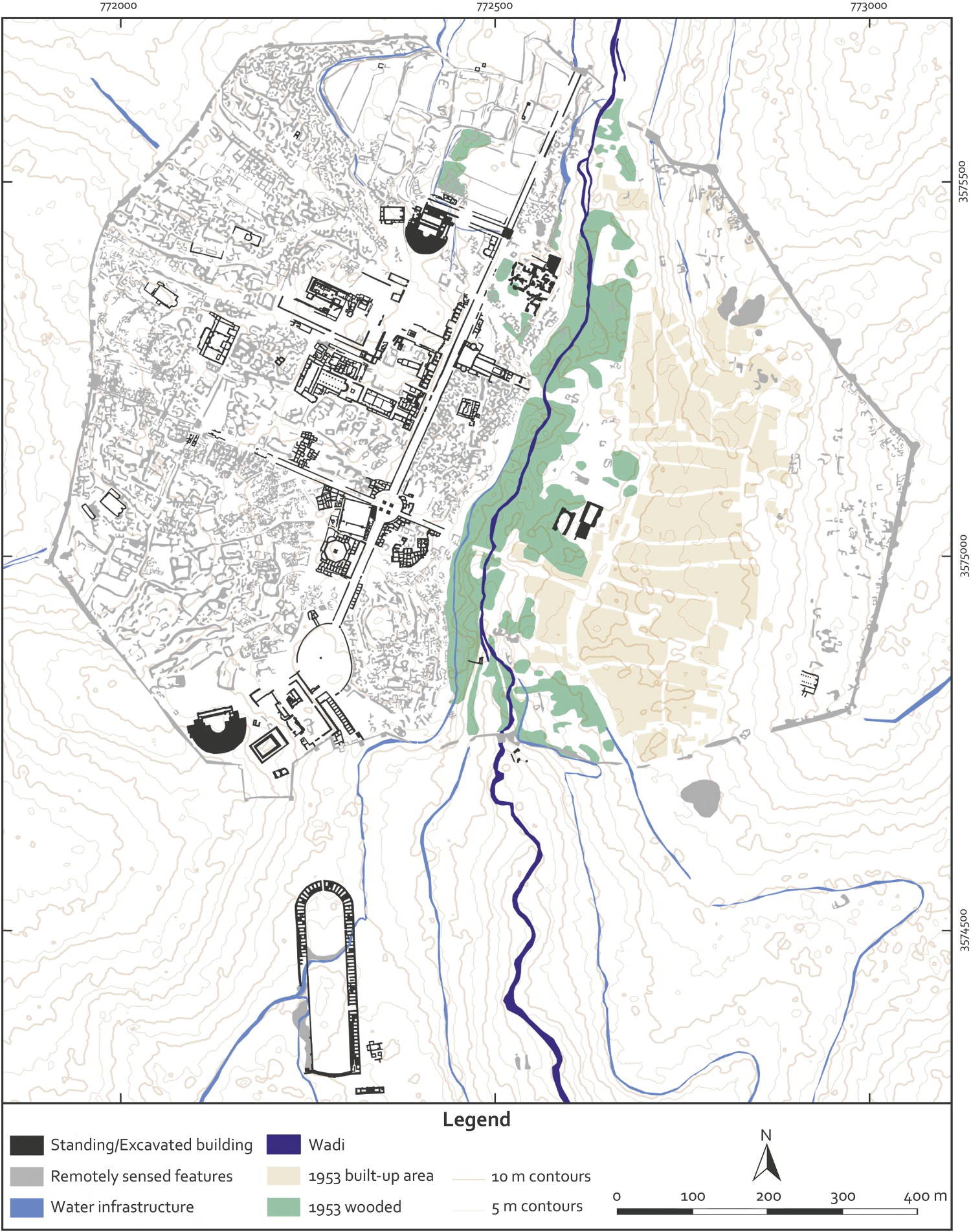Urban-Riverine Hinterland Synergies in Semi-Arid Environments: Millennial-Scale Change, Adaptations, and Environmental Responses at Gerasa/Jerash
New publication by Professor Rubina Raja, Professor Achim Lichtenberger (Westfälische Wilhelms-Universität Münster), Professor Eivind Seland (University of Bergen), Tim Kinnaird (University of St Andrews) and Professor Ian Simpson (University of Stirling).

Lichtenberger, A., Raja, R., Seland, E.H., Kinnaird, T., & Simpson, I.A. (2019). “Urban-Riverine Hinterland Synergies in Semi-Arid Environments: Millennial-Scale Change, Adaptations, and Environmental Responses at Gerasa/Jerash”, Journal of Field Archaeology
, DOI: doi.org/10.1080/00934690.2019.1625619.
Abstract
This interdisciplinary study addresses issues of urban-riverine hinterland relationships in semi-arid environments over millennia at Gerasa/Jerash in Jordan, presenting research that stimulates new lines of enquiry with much broader implications than those relating to this single site. Through the presentation of new data on wadi-sediment responses to social and environmental change, we assess ways in which urban settlements, their hinterlands, and rivers interact over long time periods and how such changes may be read together with historical sources and shed new light on urban-hinterland dynamics. We explore the hypothesis that synergistic relationships between an urban core and its hinterland are essential to the long-term sustainability of both. Our integrated approach gives new insight into settlement dynamics and resource use and carries implications for our understanding of the present through the past.
